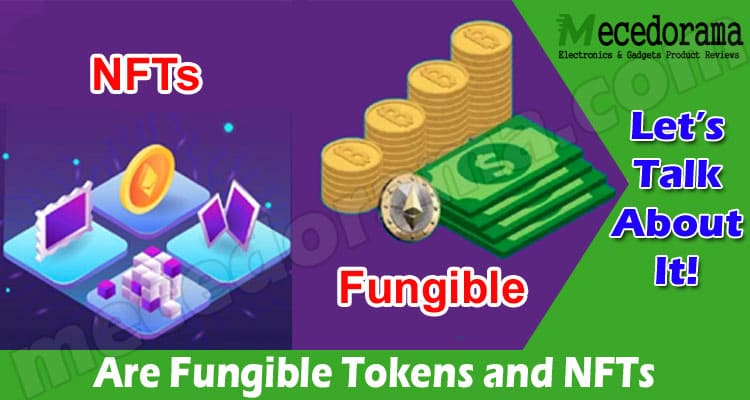Fungible Tokens: Blockchain technology was not known to a lot of people before crypto currencies arrived on the scene. It had been the blockchain’s distinctive power to control virtual money in a decentralized and decreased risk way which made a positive change. In the context of decentralized company asset transfer, the arrival of permissioned blockchains made the very same performance a lot more attractive to the business society like the Crypto Engine App, one of the reliable apps used in crypto.
The specialists have established the phrase token to electronically imply a company asset in which the asset’s ownership could be controlled. In the same manner, the word tokenization describes the procedure by which a company asset is electronically portrayed by a token. Nevertheless, the science is now extremely common that some refer to as a “token economy” wherein asset transfer transactions are done in an effective, fair, and transparent way.
IBM Research subsequently created as well as put into action two blockchain elements enabling the token exchange of the corporate context, that were just recently available as the Hyperledger Labs. The two new labs are known as Fabric Smart Fabric and Client Token SDK. Fabric stands for Hyperledger Fabric, the permitted blockchain as well as open-source software program under the Linux Foundation’s Hyperledger.
The Fabric Smart Client enables off-chain exchanges between customers, software, or customer state administration as well as more versatile transaction development. Fabric Smart Client additionally allows Fabric programs to incorporate a much better number of secrecy-improving technologies and/or reflect many business tasks as required by the use situation at hand.
The Fabric token SDK is a library that utilizes the Fabric Smart Client, enabling Token exchange in addition to Fabric with configurable enterprise privacy characteristics. Much more precisely, the Fabric token SDK could be set up to provide structures in which the secrecy is maintained of Token exchange members as well as is preserved and co-exists with audibility. Moreover, the Fabric Token SDK can provide asset exchange in the obvious, for instance, with no security concerns.
Current popular token management systems are missing something and what’s that?
Among the present token exchange systems ‘weaknesses is their absence of security protection out of an extremely fundamental pseudonymization. As an instance, in Bitcoin, transactions tend to be pseudonymous and expose the Bitcoin value traded. This makes them observable and linkable, presenting risks that are inadmissible in some other environments, like financial services, supply chains, or business networks.
Several cryptocurrencies provide a greater level of secrecy, entirely concealing the particular advantage exchanged and transaction participants, but maintain the permissionless characteristics of Bitcoin as well as other cryptocurrencies, which creates regulatory conformity difficulties. A permissioned environment is necessary for enterprise blockchains wherein the identity of participants issuing as well as swapping tokens is hidden but non-repudiative and transaction participants are guessed safely on correctly authorized requests.
There’s an enormous issue with permissioned blockchains in which they have to support the utilization of token transaction methods while preserving the security of the parties involved but still permit auditing capabilities. One other difficulty is associated with the variation of secrecy as well as protection regulation related to asset transfer depending on the specifics of the asset itself or maybe the nation in which the method is deployed. This can make the modularity of any application of a token system crucial.
Today we’re happy to inform you we’ve produced a token management process with a configurable privacy amount whose privacy variation attains these competing objectives. The Fabric Token SDK utilizes a modular as well as privacy-protecting technique for asset transfer within the permissioned blockchain environment together accompanied by support for fine-grained auditing.


